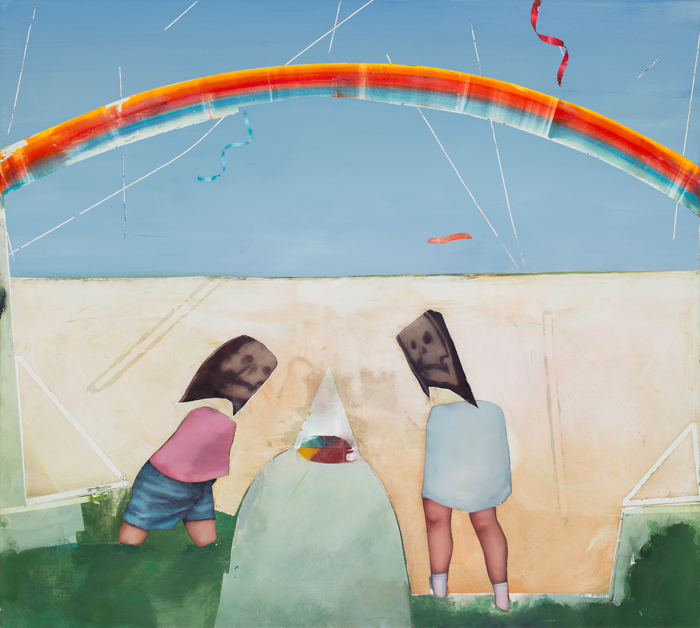
“Medium & Genre” by Ariane Fairlie
In this issue, Kolaj addresses the close relationship between collage and painting. In the past, collage has played the essential role as the catalyst of change. Its immediacy makes it the medium most capable of doing this and it has the ability to reconcile conflicting or disparate elements. It might be a stretch to say that collage orders chaos, but it seems to create moments of fragmented sensibility from the randomness that surrounds us. Our aim in this issue is to explore the value that collage has contributed behind the scenes to the larger art-historical narrative and understand its evolving relationship with painting as it gains recognition as a stand-alone medium.
In the pivotal moment of Cubism, collage was a platform for experimentation and the transformation of ideas. In his review of the Metropolitan Museum of Art’s exhibition “Cubism: The Leonard A. Lauder Collection”, Daniel Kany demonstrates how Braque, Picasso, and their contemporaries used collage as a means to express the complex ideas of Cubism in straightforward terms.
Perhaps the reason that collage is often the departure point and painting the end result is that in painting the artist seeks to create complete, harmonious order out of an otherwise raw conception. Such is the case with David Elliott. His artwork undergoes a variety of transformations, from the initial three-dimensional collage to a flattened photograph, to a final, solidifying painting. Though for a century it has been asserted that painting is dead, let’s agree it still takes up a good deal of space in our artistic consciousness, and the curiosity of its persistence is in part answered in Elliott’s practice. He highlights both the need for collage as a creatively freeing medium, and painting’s contribution of contemplation.
More than just a medium, collage exists as a genre of thought. It has of yet avoided definition as a movement as it has been free to play in the shadow of high art’s towering build. We explore the collaborative project of “Frysch Dutson” and “Edsën Lüters” – Blake Larson and Alex Costantino – who employ this collage mentality to their creative process. Likewise, in our profiles section, we look at the artwork of Alexis Lavoie, whose work is painted, though it is collage in aesthetic and concept.
With this issue, we are declaring our intention to examine collage, not just as a medium that cuts and pastes materials, but as a genre, a way of organizing ideas and thinking about art. It seems to us that collage as a mode of thought provides a realm of possibility, where any combination or juxtaposition, however unlikely, is simply a matter of placing the pieces. By understanding collage in this way, we will be able to thoroughly examine its significance in the ever-evolving cultural landscape.
PURCHASE ISSUE ELEVEN | SUBSCRIBE | FACEBOOK
Image:
Spectres de couleurs
by Alexis Lavoie
54″x60″
oil on canvas
2014
Image courtesy of the artist
